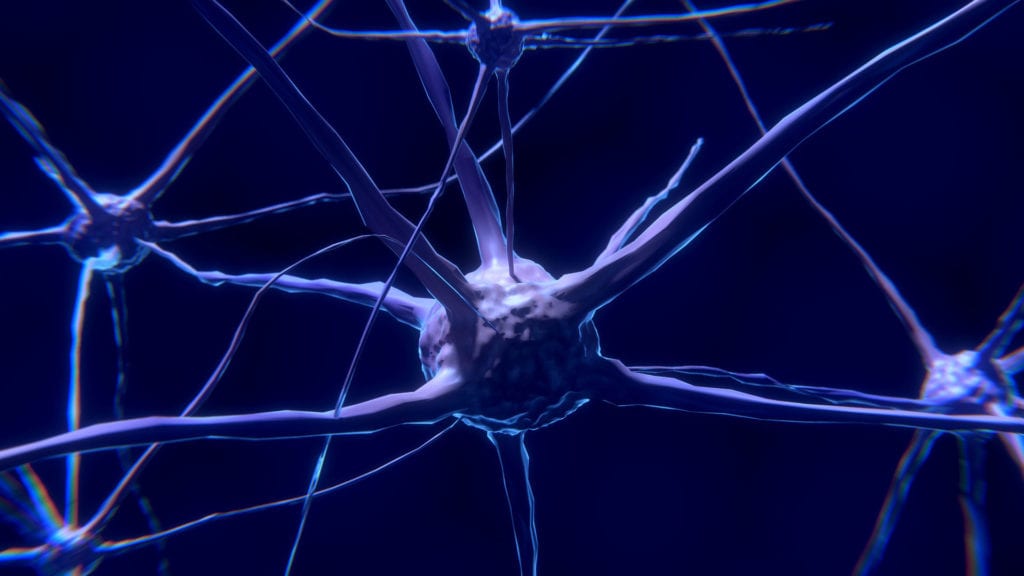A recent study published in Acta Neuropathologica discusses the importance of symptom and health management for people with progressive supranuclear palsy. The rare condition, which causes neuronal degeneration, has no cure. But Dr. Gabor Kovacs believes that his research, which found 6 distinct stages of PSP progression, will assist with early identification and treatment.
Progressive Supranuclear Palsy
Progressive supranuclear palsy (PSP) is a neurodegenerative disorder that impacts movement, walking, and speech. A buildup of tau protein in brain nerve cells stimulates cell death. Progressive supranuclear palsy is often under-diagnosed or misdiagnosed as Parkinson’s disease. Symptom onset usually occurs between ages 45 and 75, with men more likely to be affected.
Symptoms include muscle weakness or stiffness, worsening balance, difficulty talking or eating, depression, sleep disturbances, and changes in behavior, personality, or judgment skills. Learn more about progressive nuclear palsy.
The Study: Pathology & Condition Progression
According to Dr. Kovacs, there are six stages of progressive supranuclear palsy. His findings are a result of a study that examined over 200 patient brains using neuroimaging.
The study found that:
- Step One: Tau began to accumulate in either the substantia nigra, subthalamic nucleus, or globus pallidus of the brain.
- Step Two: The pathological tau protein begins to spread and accumulate elsewhere. In particular, it builds up in the midbrain tegmentum, medulla oblongata, pontine base, and striatum. It also worsens within the globus pallidus.
- Step Three: More tau builds up in the striatum, dentate nucleus, amygdala, frontal lobe, and subthalamic nucleus.
- Step Four: Increased neuronal tau is found in the frontal lobe. Astroglial tau begins to build up in the temporal lobe, parietal, and amygdala. Oligodendroglial tau builds up in the striatum and cerebellar white matter.
- Step Five: Tau builds up in the frontal, parietal and temporal lobes, hippocampus, brainstem, and occipital cortex.
- Step Six: Neuronal tau severely accumulates in the occipital cortex.
Basically, by measuring the level and type of tau, as well as its location, doctors can better understand how PSP is progressing. As a result, says Kovacs:
“Knowing where [progressive supranuclear palsy] starts in the brain means we can now focus on researching this area specifically [and] we will get a better idea of which neurons to target with therapy.”
Read the source article here.







